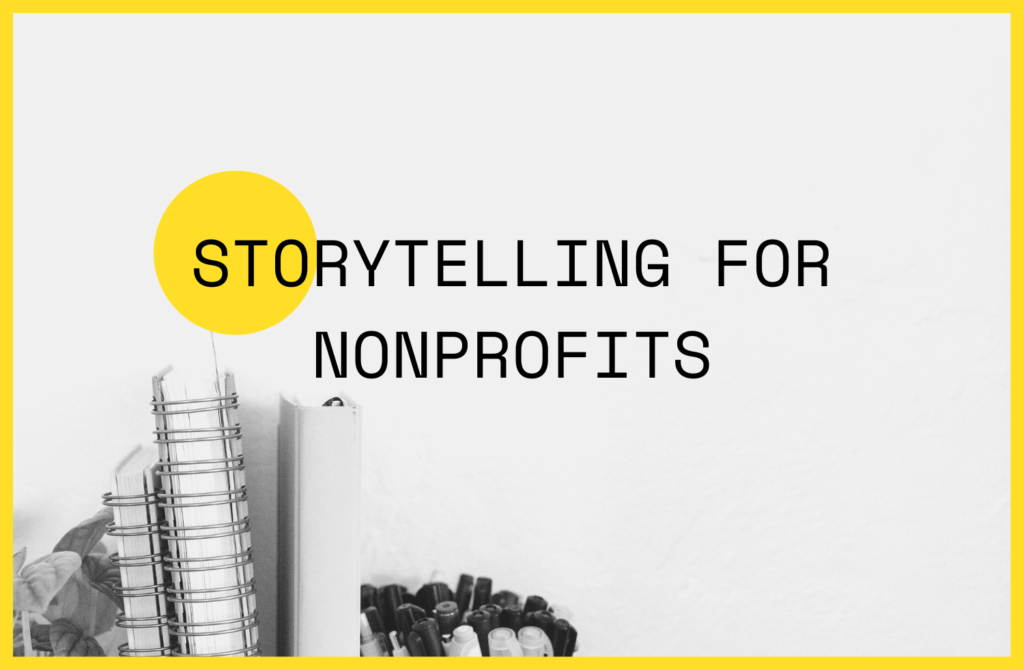Human brain is wired for stories. Literally. When hearing a great story, our brain releases oxytocin, dopamine, and cortisol. That’s an incredibly potent cocktail that sharpens our focus and creates an emotional connection.
Storytelling is part art and part science. There are sound strategies and approaches that will help you create an engaging story. In this article, we will take a different tack and examine what can creep up and make a story mediocre.
First things first. Before putting a proverbial pen to paper, it is vital to consider your audience, the core message you are trying to deliver, and the desired outcome. If you do not have clarity on these points, creating a story might be premature and even aimless.
To understand what makes a story engaging and special, let’s consider what makes stories mediocre. Not horrendous, but unmemorable and unexceptional.
- A dull beginning is a wasted opportunity. This is your opportunity to capture readers’ interest and attention, to draw them in, Without a strong opening, they may never make it all the way through the story.
- Lack of clarity kills a story by a thousand paper cuts. Information is disconnected and reader is meandering through the narrative, unsure what is important and where the story is headed. You are left to ponder what you were meant to take away from the story.
- A sequential narrative devoid of conflict is merely informative but does not inspire or engage our emotions. It is the conflict that propels the story forward. Sequential approach is easy to spot, it is characterized by frequent and unenthusiastic “and then…”. This approach is best reserved for instructional manuals.
- A strong voice burrows right into the reader, it will go a long way to connect and excite. In the absence of such, you will have to compensate elsewhere.
- Lack of compelling characters, especially when the plot is fairly static, is a common downfall. These actors need not be always likable and certainly not above reproach. But we need to create a connections so that the reader is invested, if not rooting, for the outcomes. Characters’ emotions and humanity will advance the story.
- General blasé lack of emotion. Arguably a story without emotion is simply information.
- Boring and pedantic stories. If you are a writer or an otherwise invested party and you are still pushing down yawns, this story is a dud.
- Fake and inauthentic stories do not land well and sometimes are even off-putting. Look inward, are you being true to your voice?
- Stories with too many tangential details, even if taken individually those particulars are compelling, leave the reader overloaded. Your mind is scrambling, trying to piece information together and searching for interconnection. When some information is left to the readers’ imagination, they will fill it with what is meaningful to them, deepening the connection.
- Just as too many details overwhelm, lack of specifics It makes for a very genetic and uninspiring story. A poignant detail or a description gives us something memorable to latch on to, a point of connection.
- A story without hope leaves a dismal aftertaste. It is unlikely to spur readers to action. If the prospects are gloomy without promise of improved state, why bother?
Finally, it is important to note that there are excellent stories that still miss the mark. They have it all, raw emotion, characters we root for, obstacles and turmoil to overcome, and vivid language. These tales are a credit to the writer. Their pitfall is a lack of alignment with the cause and organization’s actual strategy. It is an emotive narrative within which the nonprofit itself does not have a role. These stories are compelling, but they do not build the case for your organization.
None of these pitfalls are dramatic. They will not embarrass you or irretrievably ruin your story. But these missteps take the sparkle out of the narrative, so storyteller, beware!
Related stories: Build an Army of Storytellers
For more about messaging, content strategy, and storytelling connect and follow Olga Moshinsky Woltman on LinkedIn.


Brighten Up!
Let’s keep in touch. Please sign up and we will share with you periodic updates, thought pieces, conversations, and ideas.